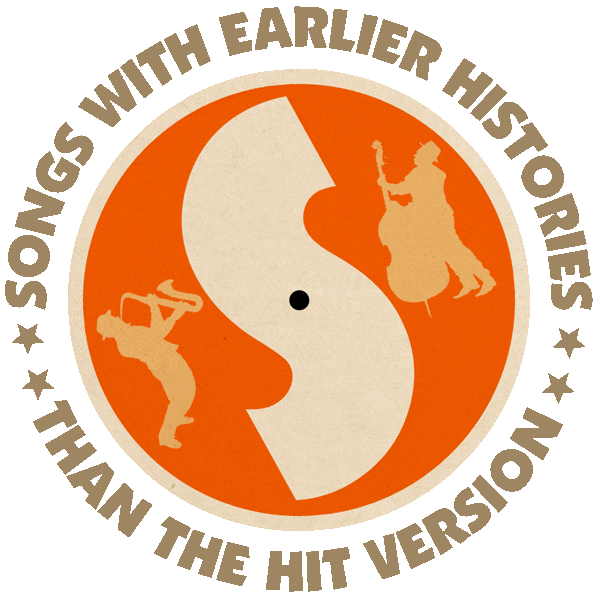Written and first recorded by Bruce Springsteen (1973).
Hit version by Manfred Mann’s Earth Band (US #1/UK #6 1975).
From the wiki: “‘Blinded by the Light’ is a song written and originally recorded by Bruce Springsteen after Columbia Records president Clive Davis, upon listening to an early version of Greetings from Asbury Park N.J., felt the album lacked a potential single. Springsteen wrote this and ‘Spirit in the Night‘ in response. ‘Blinded by the Light’ was the first song on, and first single released from, the 1973 album. But, Springsteen’s version was commercially unsuccessful and did not appear on the music charts.
“According to Springsteen, the song came about from going through a rhyming dictionary and looking for rhymes. The first line of the song, ‘Madman drummers, bummers, and Indians in the summers with a teenage diplomat’ is autobiographical — ‘Madman drummers’ is a reference to drummer Vini Lopez, known as ‘Mad Man’ (later changed to ‘Mad Dog’); ‘Indians in the summer’ refers to the name of Springsteen’s old Little League team; ‘teenage diplomat’ refers to himself. The remainder of the song tells of many unrelated events, with the refrain of ‘Blinded by the light, cut loose like a deuce, another runner in the night’.

